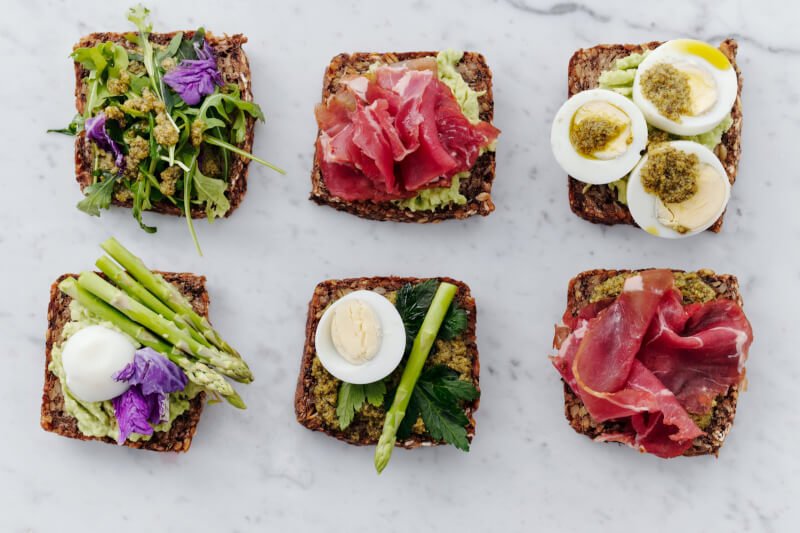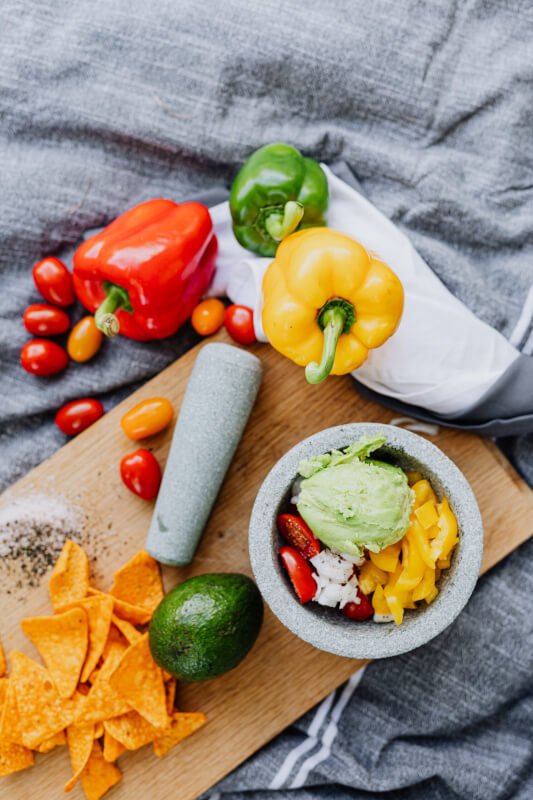Are you looking for the best methods to store your food and prolong its freshness? Look no further! In this article, we will explore the pros and cons of canning and freezing as food storage options. Whether you’re a seasoned chef or a novice in the kitchen, understanding the advantages and disadvantages of these methods will help you make informed decisions and ensure that your food stays delicious and nutritious for as long as possible. So grab a cup of coffee, sit back, and let’s dive into the world of food storage!

Canning
Definition of Canning
Canning is a method of food preservation that involves sealing food in airtight containers, usually glass jars, to prevent microbial growth and spoilage. It allows you to enjoy seasonal produce all year round by extending their shelf life.
Benefits of Canning
Canning offers numerous benefits for food storage. First and foremost, it retains the flavors, textures, and nutritional value of the food, ensuring that you can enjoy the taste of fresh produce even during the off-season. Additionally, it allows you to reduce waste by preserving excess fruits, vegetables, and other perishable items. Canned foods also require no refrigeration, saving valuable space in your fridge or freezer.
Disadvantages of Canning
While canning is an excellent preservation method, it does have a few drawbacks. One significant disadvantage is the time-consuming nature of the process, which includes preparing the food, sterilizing jars, filling them, and processing them in a boiling water bath or pressure canner. It can be labor-intensive, especially if you have a large quantity of food to can. Another downside is the cost associated with purchasing canning equipment and supplies. However, with proper planning and reuse of jars, this cost can be minimized in the long run.
Cost of Canning
The cost of canning largely depends on the initial investment in equipment and supplies. Some essential items include canners, jars, lids, rings, and tools for preparation and processing. Initially, this cost can be significant, especially if you are starting from scratch. However, with proper care and reuse, these items can be used for many years, making canning a cost-effective option in the long term. Additionally, the cost of produce may vary depending on the availability and seasonality of the fruits and vegetables you choose to can.
Types of Foods Suitable for Canning
Almost any type of food can be canned, but certain foods are more suitable due to their stability and preservation properties. Fruits, vegetables, jams, pickles, sauces, and even meats can all be successfully canned. It is essential to follow specific recipes and guidelines when canning low-acid foods to prevent the risk of botulism, a potentially fatal illness caused by the toxin produced by the bacteria Clostridium botulinum.
Techniques and Methods for Canning
Two primary canning methods are widely used: traditional water bath canning and pressure canning. Water bath canning is suitable for preserving high-acid foods, such as most fruits, pickles, and jams. It involves placing filled and sealed jars in a large pot of boiling water and processing them for a specified period of time. Pressure canning, on the other hand, is necessary for low-acid foods, such as vegetables and meats. It requires a specialized pressure canner to reach high temperatures and eliminate the risk of foodborne illnesses.
Equipment and Supplies for Canning
To embark on your canning journey, you will need a few essential tools and supplies. These include canners (either a water bath canner or pressure canner), jars (preferably glass with two-part metal lids), lids, rings, a jar lifter, a lid lifter, a canning funnel, and a bubble remover/headspace tool. These tools, although initially requiring an investment, can be used for many years, making them a worthwhile purchase for avid canners.
Longevity of Canned Foods
When properly canned, sealed, and stored in a cool and dark place, canned foods have an impressive shelf life. In general, high-acid foods can last from one to two years, while low-acid foods can last three to five years. However, it is essential to regularly check for signs of spoilage, such as bulging lids, unusual odors, or changes in color and texture. If any of these signs are present, it is best to discard the contents to ensure your safety.
Nutritional Value of Canned Foods
Contrary to popular belief, canned foods can retain their nutritional value quite well. The canning process helps to preserve the vitamins and minerals present in the food, providing a good source of nutrients. While some slight nutrient loss may occur during the preservation process, canned fruits and vegetables can still contribute to a healthy diet. It is important to note that excessive processing, prolonged storage, and high heat may lead to greater nutrient degradation, so consuming canned foods within a reasonable time frame is recommended.
Safety Considerations for Canning
Canning involves careful attention to safety to prevent the growth of harmful bacteria and the risk of foodborne illnesses. It is crucial to follow approved canning recipes and guidelines to ensure that the correct processing method and timings are used for specific foods. Proper sterilization of equipment, maintaining optimal temperatures during processing, and accurately measuring ingredients are all essential factors in canning safely. Regularly inspecting jars for signs of spoilage and practicing proper food handling and storage techniques are also important aspects of safe canning.

Freezing
Definition of Freezing
Freezing is a widely employed method of food preservation that involves rapidly reducing the temperature of food to below freezing (0°F or -18°C) and storing it at sub-zero temperatures. This process inhibits the growth of bacteria, yeast, and molds that cause food spoilage, thereby preserving the quality of the food for an extended period.
Advantages of Freezing
Freezing offers numerous advantages when it comes to food storage. One significant advantage is the convenience it provides. Freezing allows you to easily store food in a compact space, making it ideal for households with limited storage capacity. It also provides flexibility in terms of portion sizes, allowing you to freeze individual servings and thaw them as needed. Furthermore, freezing preserves the freshness, flavors, and textures of the food, making it a versatile method for a wide range of food items.
Drawbacks of Freezing
While freezing is an efficient preservation method, it does have a few drawbacks. One disadvantage is the need for reliable electricity to maintain sub-zero temperatures. Power outages or equipment malfunctions can potentially lead to thawing and food spoilage if not addressed promptly. Moreover, certain foods, such as lettuce, cucumbers, and watermelon, do not freeze well and may lose their texture and flavor when thawed. Lastly, freezer burn, which occurs when foods are improperly packaged and exposed to air, can affect the quality of frozen foods.
Freezing Techniques and Methods
When it comes to freezing, there are various techniques and methods to ensure optimal results. One common technique is flash freezing, which involves spreading individual food items in a single layer on a baking sheet and freezing them until solid. This prevents them from clumping together and allows for easier portioning later on. Another method is blanching, which involves quickly boiling vegetables before freezing them. Blanching helps maintain the color, texture, and nutritional value of the vegetables.
Suitable Foods for Freezing
Many foods are suitable for freezing, including fruits, vegetables, meats, poultry, seafood, bread, dairy products, and even cooked meals. Generally, foods with a high water content freeze well, while items with a high-fat content may experience some textural changes. It is essential to package the food properly in airtight containers, freezer bags, or vacuum-sealed bags to prevent freezer burn and maintain the quality of the frozen food.
Freezer Selection and Preparation
Choosing the right freezer and properly preparing it are crucial steps in successful freezing. There are two primary types of freezers: upright freezers, which resemble refrigerators, and chest freezers, which have a larger storage capacity. When selecting a freezer, consider factors such as available space, energy efficiency, and storage requirements. Once acquired, it is important to clean and organize your freezer regularly, removing any expired or spoiled items to maintain optimal conditions for freezing.
Longevity of Frozen Foods
Properly frozen foods can remain safe to eat indefinitely, but their quality and taste may degrade over time. In general, frozen fruits and vegetables can maintain their quality for up to 8 to 12 months, while frozen meats, poultry, and seafood can retain their quality for up to 6 to 12 months. It is important to label and date your frozen items to ensure that they are used within a reasonable time frame.
Nutritional Value of Frozen Foods
Frozen foods can retain their nutritional value quite well, especially when compared to other preservation methods. Flash freezing and blanching methods help to preserve the vitamins, minerals, and fiber found in fruits and vegetables. While some nutrient loss may occur, freezing can be an excellent way to enjoy the taste and nutritional benefits of a wide range of foods year-round.
Thawing and Cooking Frozen Foods
Proper thawing and cooking techniques are essential to ensure the safety and quality of frozen foods. The safest method of thawing is in the refrigerator, allowing the food to thaw slowly and evenly. Alternatively, you can use the defrost function on the microwave or thaw the food under cold running water. Once thawed, it is important to cook the food to the appropriate temperature to eliminate any potential bacteria or pathogens that may have developed during storage.
Safety Considerations for Freezing
While freezing is generally a safe method of food preservation, it is crucial to consider a few safety measures. It is essential to only freeze fresh, high-quality food to ensure optimal results. Prioritize proper packaging to prevent freezer burn and maintain the quality of the frozen food. Regularly check your freezer’s temperature to ensure it remains at or below 0°F (-18°C) to prevent any bacterial growth. Lastly, always follow recommended guidelines for thawing, cooking, and storing frozen foods to minimize the risk of foodborne illnesses.



